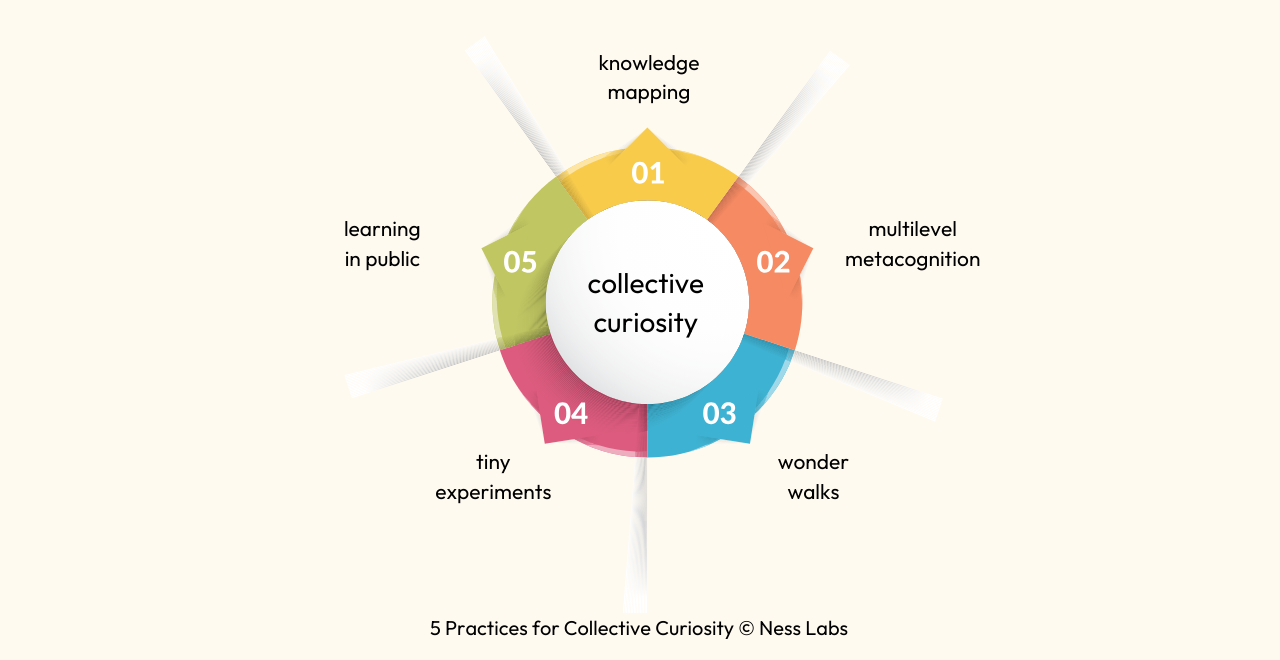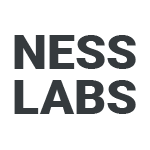At his school in ancient Athens, Aristotle encouraged everyone to walk through the gardens while discussing ideas, rather than sitting quietly for lectures. Teachers and students would explore questions, challenge each other’s thinking, and build on each other’s insights.
This tradition of walking and wondering together became so successful that it continued for centuries, influencing how knowledge was shared throughout the ancient world.
Yet today we rarely create space for such collective curiosity. While we have unprecedented access to information, we’re often too busy, too distracted, or too preoccupied with immediate results to engage in shared exploration. Plus, our education and workplaces usually prioritize individual achievement over collaborative discovery.
This is unfortunate, as exploring together can lead to remarkable outcomes. When you share your questions with others, you can create new possibilities that none of you could have imagined alone. Let’s explore why this happens and how you can make it work for you.
Beyond Individual Genius
History often paints a romantic picture of the lone genius – the solitary inventor in their workshop, the isolated scientist in their lab, the writer alone in their garret… This narrative is compelling but incomplete: individual brilliance is rarely enough for breakthrough innovation.
The Wright brothers didn’t invent flight in isolation; they extensively corresponded with fellow aviation enthusiasts. The Human Genome Project, which successfully mapped our genetic code, wasn’t the work of a single brilliant mind, but rather a massive collaborative effort where thousands of scientists shared their questions, challenges, and discoveries.
Collective curiosity is the practice of exploring questions and discovering answers together, where we build on each other’s insights and create an environment that encourages open inquiry and shared learning.
When you practice collective curiosity, you will:
- Learn faster. Sharing your learning journey with others creates natural opportunities for feedback and new perspectives. You also gain access to different experiences and resources, helping you grow more quickly than you could alone.
- Reduce confirmation bias. Teams that encourage respectful questioning consistently make better decisions than those that don’t. That’s because collective curiosity naturally encourages us to question each other’s assumptions, which helps everyone identify flaws in their thinking and find better solutions.
- Encourage others to explore. Research shows that seeing others engage with interesting questions makes us more curious ourselves. This creates a positive cycle where one person’s questions inspire others to join the exploration.
- Builds sustainable knowledge. Organizations that encourage people to learn together generate knowledge that stays even when individuals leave. For instance, the Mayo Clinic has maintained its culture of medical innovation for over a century because its doctors and researchers consistently share their questions and insights with each other.
Many resist collective curiosity for understandable reasons. In competitive workplaces, admitting uncertainty can feel risky. Time pressures push us toward quick solutions. You might worry that asking questions might make you seem indecisive. Yet, those who embrace a shared, generative state of unknowing often find it leads to better outcomes.
How to Wonder Together
Better ideas, stronger relationships, more enjoyable work… While the benefits of collective curiosity are clear, creating an environment where people feel comfortable exploring together takes some thought and effort.
But the payoff is worth the investment. Fortunately, there are practical ways to get started. Here are five ways you can start unlocking these benefits:

1. Mapping the unknown. Many breakthroughs start when someone admits “I don’t understand why…” Sit down with your colleagues and explicitly write down what you don’t know or understand about a topic. This turns knowledge gaps into shared opportunities for discovery.
2. Multilevel metacognition. Question your assumptions together as a form of self-anthropology. Have your team trace back their assumptions to their origins. Start with any current practice and ask “Why do we do this?” For each answer, ask “Why do we believe that?” This metacognitive practice helps uncover hidden assumptions that might be limiting better solutions.
3. Wonder walks. Take walks with colleagues where you share what you’re working on and what questions you’re wrestling with. You can try this one-on-one or in small groups. The informal setting and movement often lead to more open conversations and unexpected connections.
4. Tiny experiments. Try a new meeting format for a week or test a different approach with three customers. Keep experiments small enough that failure feels safe – this encourages bolder questions and sometimes the most interesting discoveries come from experiments that don’t work as planned.
5. Learning in public. Start a newsletter about what you’re learning or host “Curiosity Hour” sessions where people share their work in progress. When we openly share our uncertainties, it creates psychological safety for others to do the same. It also creates opportunities for unexpected paths as others can spot patterns you might have missed.
The greatest breakthroughs in human history haven’t come from lone geniuses but from communities of curious minds, each building upon each other’s questions and insights.
When we practice collective curiosity, every conversation becomes a chance to learn something new. So let me ask: which questions will you and your team explore today, together?
